Review: Honor View 10
Mar 27, 2018, 6:00 AM by Eric M. Zeman
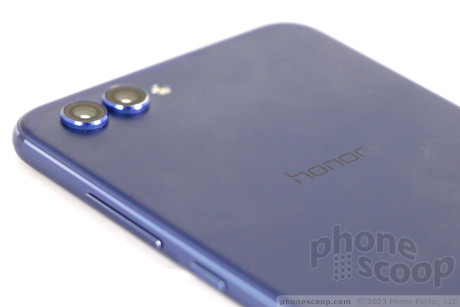
Honor's flagship device, the View 10, takes many of the Huawei Mate 10 Pro's best features and puts them in a more affordable metal chassis. This phone includes a top-of-the-line processor, dual cameras, advanced software, and a slim profile. This unlocked Android handset is appealing for many reasons. Find out what we like and what we don't about the Honor View 10 in Phone Scoop's in-depth review.
Hardware
Is It Your Type?
The Honor View 10 is a scaled back version of Huawei's flagship Mate 10 Pro, or an upgraded version of the Honor 7X (take your pick). (Honor is a brand of Huawei.) If you are looking for an affordable premium smartphone that has modern flourishes and an attractive design, the View 10 is a fine place to start.
Body
The View 10 takes the specs from the Huawei Mate 10 Pro and puts them in the body of the Honor 7X. The phone isn't as immediately impressive as the glass-backed Mate 10 Pro, but I'd say it's a bit more appealing than the Honor 7X. Accordingly, it is priced about exactly in-between, and may be the best option for many buyers.
Face
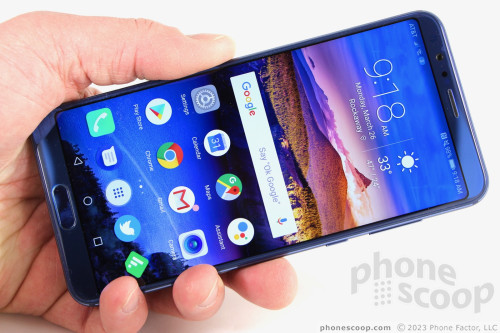
The View 10 has the tall, narrow shape common to phones with 2:1 displays. It's smooth all around. A curved aluminum frame wraps around the edges and an aluminum panel forms the rear surface. The rear piece has slightly curved edges where it fits into the frame, similar to the 2.5D curved glass that covers the front. Reflective, color-matched chamfers are polished into the frame and give the phone some sparkle. The View 10 comes in a really nice blue color, or black. Both options have a matte finish that I rather like.
The View 10 is a sizeable device thanks to the 6-inch screen. It stands 6.18 inches tall and sits about 2.95 inches wide. I appreciate that Honor kept the width in check. The thickness is impressive at just 6.9mm. I had no trouble holding or using the View 10 for hours at a time. It may be tall, but the slim profile and reasonable weight (6.07 ounces) make it a comfortable companion. It drops into pockets with ease.
Honor did a fine job assembling the phone. The glass and metal components are more than fitting for this price point. The metal frame that circles the phone feels strong, and the aluminum rear panel is more robust than glass. All these major chassis pieces are put together tightly, with even seams all around. The phone isn't waterproof, nor is it rugged, but I have total confidence that it's well made.
The display comes close to filling the entire face of the phone. The earpiece, user-facing camera, and sensor are visible above the screen, while the fingerprint reader is below the screen. The reader is an oval-shaped, capacitive button that doubles as a home button. It's recessed just a bit, which makes it easier to find by feel. I dislike that it's right up against the bottom edge of the phone; this makes it awkward to reach while holding the phone. (I prefer a rear-mounted fingerprint reader.)
Fingerprint Reader
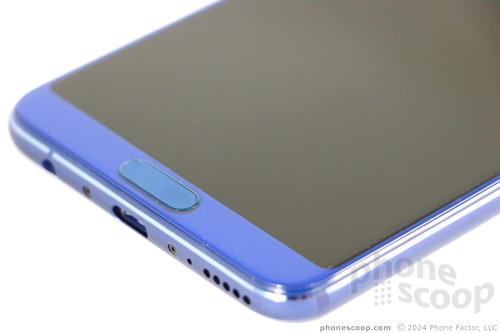
You'll find the volume and screen lock buttons on the phone's right edge. Both buttons are easy to find by feel. The volume toggle is flat and smooth; travel and feedback is just okay. The screen lock button is a bit closer to the View 10's midline. It has a fine texture to it, to help differentiate it from the volume toggle. Travel and feedback are decent.
Honor tucked the card tray in the left edge of the phone. It accepts both the SIM and a memory card.
The View 10 includes a 3.5mm headphone jack on the bottom. The phone uses USB-C for charging (unlike the 7X, which uses microUSB) and you'll find the port next to the headphone jack. Five small circular holes on the bottom allow sound from the speakerphone to push out. An IR blaster is located on the top edge so you can control your home theater gear with the included app.
Ports
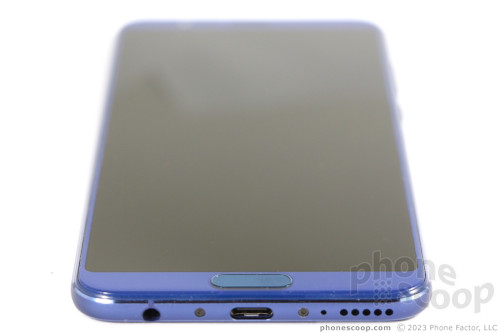
The rear panel is entirely flat. It's a big piece of totally smooth aluminum. Just like the Honor 7X, the View 10's dual camera array is pushed into the upper-left corner. The lens modules stick out quick a bit, and look like frog eyes bugging out at you. In fact, the cameras stick out enough that theyleave the phone a bit wobbly when placed on a hard flat surface. The two-tone LED flash is off the right of the camera array. The Honor logo is painted on the metal and is just barely visible.
Rear
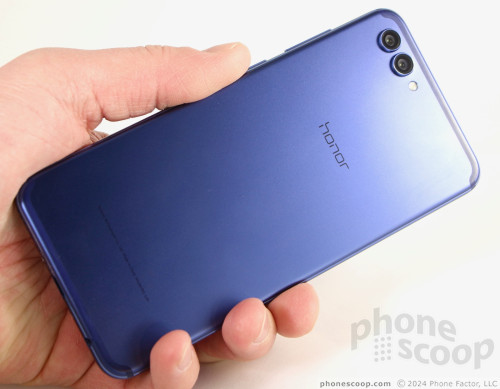
The aluminum panel is fitted into the frame tightly and cannot be removed. Neither can the battery.
The Honor View 10 is a slim, attractive smartphone that is put together well. It's not the most unique phone in the market, but it looks good, feels good, is good.
Cameras
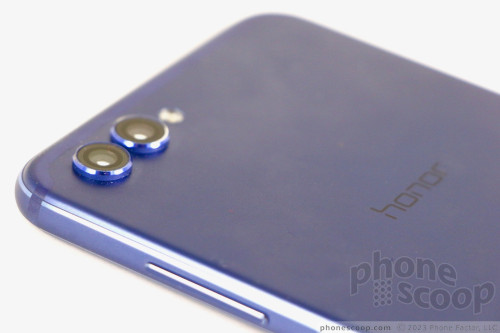
Screen
The View 10 has a 5.99-inch LCD display that uses the 2:1 aspect ratio with 2,160 by 1,080 pixels. This is now a common size and resolution at this price point. I'm pleased with the screen. At 403ppi, pixel density is fine. The resolution is more than adequate for surfing the web, browsing social media, and checking out the latest videos from Netflix.
The screen is bright enough for use most anywhere you might take it. I had no trouble using it outdoors under sunny skies. Colors are generally accurate. Viewing angles are good.
Honor makes sure you have lots of control over the display. The View 10 allows you to manually adjust color temperature, blue light, text/icon size, resolution, color modes (normal, vivid), and more. I like that phone makers are providing these options lately.
The View 10's screen competes well with other devices in this class.
Signal
Honor sells the View 10 to U.S. consumers unlocked. Like many unlocked phones, it has basic support for U.S. LTE bands. It includes the core bands used by AT&T and T-Mobile (2, 4, 5, and 12). It lacks bands 29 and 30 for AT&T, and bands 66 and 71 for T-Mobile. This means you may not get the absolute quickest speeds available, nor best service when the network is crowded. I tested the View 10 on AT&T's network around NYC and found it did okay.
The phone managed to latch onto LTE 4G most of the time. I did notice it drop to 3G ("H" in AT&T parlance) several times. The phone needed one or two attempts to connect calls, and dropped some when in a moving car. Data speeds were usable. The View 10 was decent at loading Instagram stories, streaming Google Play Music, and my favorite Netflix shows. I did see more buffering than I care for, and experienced some hiccups during playback. For an unlocked device, the View 10 gets the job done, and yet I feel it could be a bit better.
Sound
The View 10 is a surprisingly good voice phone.
Calls blast out of the earpiece at alarming levels. You'll find you can keep the volume at about 60% most of the time, even in semi-noisy spaces. If you crank the View 10 up all the way, you'll quickly learn that everyone around you can hear your full conversations. The earpiece doesn't distort at all, even at full blast. People I spoke to via the View 10 said I sounded very good.
The speakerphone is similarly impressive. Sound blares from the bottom-firing speaker at eye-popping volumes. You can easily hear calls in cars, crowded offices, and other spaces that might overwhelm other phones. As with the earpiece, the speakerphone maintains clear sound even when set up all the way. This is good news.
Accordingly, the ringers and alerts frighteningly loud. The vibrate alert is quite good.
Battery
The View 10 has a 3,750mAh battery. The View 10 carries over the advanced power management features from the Mate 10 Pro.
The View 10 effortlessly pushed from breakfast to bedtime with plenty of power to spare each night. It can handle lots of social media time, app downloads, streaming music, email, and more, all without sapping too much energy.
The phone supports charging at up to 4.5A. With the included charger, 30 minutes boosts the battery by 50%, meaning a quick top-off easily gets you hours and hours of uptime.
The View 10 doesn't include wireless charging.
Bluetooth, GPS, NFC, WiFi
The View 10 has a standard configuration of secondary radios. The Bluetooth 4.2 radio managed to connect to a range of headphones, headsets, speakers, and other devices. Phone calls sounded very good through traditional mono headsets and music was good when pushed to a Bluetooth speaker. The phone was a little finicky about pairing with my car, though once I got them on the same page, calls sounded excellent.
I didn't run into any trouble with the GPS radio. It handled real-time navigation like a pro. Accuracy was as good as 20 feet.
The NFC radio worked like a charm for pairing some Bluetooth accessories and supports mobile payment services such as Google Pay.
The dual-band WiFi radio did a great job.
Software
Lock Screen
The View 10's lock screen is fairly typical for an Android phone. The phone doesn't offer an always-on or ambient display, but you can opt to have notifications wake the screen when they arrive. This tool turns on the display fully to reveal the lock screen with every incoming notification. There's no question this will sap your battery. You can fine tune it to some degree, but it's simply not the best implementation. I wish the View 10 offered the same Ambient Display that's available on the Mate 10 Pro.
You'll find the clock at the bottom of the lock screen. The screen pops to life with a quick press to the lock screen button. The lock screen also includes the date, a shortcut to the camera, and your daily step count. Notifications populate the middle of the screen in the order they are received. You can dismiss notifications from the lock screen, but not act on or reply to them.
The View 10 includes Honor's lock screen dock. When the lock screen is on, swipe up from the bottom to find shortcuts to the voice memo, calculator, flashlight, timer, and a QR code scanner. The dock also boasts media controls and access to your photo gallery. There's a lot to like, if you remember that it is there.
The fingerprint reader is easy to set up; I recorded a couple of prints in no time. The reader recognized my finger on the first attempt the vast majority of the time, and it's certainly fast. In addition to securing the phone itself, you can set the fingerprint reader to protect specific files, apps, folders, and so on.
The View 10 includes a face unlock tool, but I couldn't get it to work. We've reached out to Honor to see if there's perhaps a bug in the software. Ostensibly, the View 10 will unlock when it recognizes your face. It's based on a 2D image, though, so it's not as secure as some other face-unlock technologies anyway.
Home Screens
The View 10 ships with Android 8 Oreo and Honor's EMUI 8 on top that. EMUI 8 is a relatively heavy-handed user interface skin. There's a lot of meat on the bones, but it takes time to flesh it out in a way that works well for you.
Home
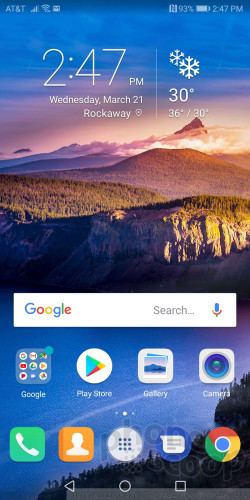
Several home screens are active when you first boot the phone. By default, the app drawer is turned off; that means all the apps are crammed onto the home screens. You can turn the app drawer on if you wish. The home screen panels support the typical sets of customizations, such as wallpapers, shortcuts, transitions, and the like.
The Quick Settings drop-down shade works as expected. When you swipe down, the shade reveals five toggle controls, a brightness slider, and notifications. Since the phone is running Oreo, you have lots of options when it come to interacting with incoming notifications. The Quick Settings tool provides plenty of room for customization.
The full settings menu might be overwhelming to some. Every option is lengthy and has multiple sub-options. I recommend you use the search tool if you're in a hurry. On the flip side, EMUI gives you far more options than stock Android.
The View 10 includes Huawei's navigation dock, which is sort of a transparent, floating bubble designed to improve one-handed use. It doesn't. The idea is to put the navigation controls in a single, more convenient spot rather than leave them stranded at the bottom of the display. It has a pretty steep learning curve. Touch once to go back a screen. Touch, hold briefly, and then release to go back to the home screen. Hold and slide to the right to see the app switcher. Touch, hold, and drag to move the bubble around. I like the concept, but the execution is really bad. It is off by default and requires you to turn it on manually. I say skip it.
The Kirin 970 is Huawei's newest top-end processor and it's paired with a hefty 6 GB of RAM. The View 10 has an amazing amount of power. It feels just as quick and zippy as the Mate 10 Pro, which has the same processor. I have no complaints at all about the performance of the View 10 and I doubt anyone else will, either.
Camera
The View 10 carries over a lot of the advanced camera features found in the Mate 10 Pro, thanks in part to the Kirin 970 processor, which includes "AI" image recognition and processing. The result is a really powerful camera for this class of phone.
The quickest way to open the camera is to double-press the volume down key. You can customize this same double-press action to open the camera and fire a quick photo, a tool called ultra snapshot.
The basic layout is typical of most camera apps. On-screen controls include selfie, filter, aperture mode, portrait mode, and flash. The majority of these tools work as you might expect. For example, moving pictures captures a few seconds of video before and after you take a photo, much like the iPhone's Live Photos.
The portrait mode puts both camera sensors to work to take photos with blurred backgrounds (a bokeh effect). This is ideal for taking artistic shots of friends and family. The "aperture" tool is somewhat confusing. It also creates bokeh effects, but requires a more hands-on approach. It is best left for stationary objects rather than people. Confoundingly, it's far superior at creating blurred backgrounds than the portrait tool.
Swipe right from the main viewfinder to access other shooting modes, which include auto, pro photo, video, pro video, 3D panorama, monochrome, HDR, night shot, panorama, light painting, time-lapse, slow motion, artist mode, and document scan.
The light painting mode is for capturing long exposures of headlights/taillights, flashlights, or other light sources. The document scan mode automatically finds and captures text, such as menus. The artist mode sort of apes Prisma with real-time, artistic filters. The 3D panorama is basically a Google Photo Sphere, or 360-degree shot.
The pro photo and video modes allow you to manually adjust exposure, brightness, white balance, ISO, focus, and shutter speed. This is great for those who know what they're doing. The sliding controls make sense and are easy enough to use. You can set photo exposures as long as 30 seconds, and this allows for great nighttime shots.
The selfie camera lets you apply a blurred-background effect, take selfie panoramas, selfie timelapses, and selfie moving photos. The selfie pano lets you do fun things such as include wide vistas in the background, but it's sort of a pain to use. (It requires you to take three separate photos, rather than simply pan from one side to the other.)
Like the Mate 10 Pro, the View 10 takes advantage of the Kirin 970's "neural processing unit" or NPU. The 970 relies on image recognition to a certain degree to help control camera settings. For example, the camera is able to recognize a core set of 13 items, including blue sky, snow, action, food, nightscapes, plants, flowers, cats, dogs, text, and so on. When the View 10's camera "sees" one of these items, the Kirin 970 adjusts the camera software accordingly to get the best possible shot for that type of object. It does all this instantly and without crushing the battery.
Overall, the View 10's camera app is quick and powerful. It takes some practice to learn fully, but the payoff is worth climbing the learning curve.
Photos/Video
The main sensor captures full-color images at 16 megapixels with an aperture of f/1.8. The View 10 does not have the Leica lenses of the pricier Mate 10 Pro.
In general, the View 10 takes good pictures. I found shots taken with the "auto" setting were sharp and colorful. Exposure was a bit inconsistent. You can see that some of the shots in the mall below are somewhat underexposed. Outdoor shots were more apt to impress all around. I was pleased with the lack of grain/noise and have no other real complaints to lodge against it.
The selfie camera, which has a 13-megapixel fixed-focus lens, captures sharp and bright images that are mostly free of noise. The selfie I took in the mall turned out well, considering how dark it was in there. You can add beauty effects to reduce blemishes, if you want.
The special modes delivered inconsistent results. The aperture mode worked really well (see the red ball below), but the portrait mode didn't (see E.T.). In fact, when using the selfie camera the portrait mode hardly worked at all. The background is just barely blurred out. I like how you can take true B&W photos, but contrast wasn't as deep as I would have liked. The stylized shots (see balloon) with filters, artistic styles, and so on come off as cartoonish and soft.
The View 10 captures video up to 4K in resolution. The 4K footage I captured looked excellent with sharp focus, good color, and accurate exposure. I like that you can record full HD at 60 frames per second for really smooth video.
The View 10 is a fine device for capturing photos and videos, but you will need to put in some effort to get the best results.
Wrap-Up
The View 10 is a solid phone, but it's not without quirks. I like the mostly-metal body, which is less fragile than an all-glass device. The phone is well-made and looks good, particularly in blue. The screen is decent, voice quality is excellent, and battery life is outstanding. Data speeds were a bit limited. I'm glad to see Android 8 as the core OS, though the heavy-handed EMUI may be off-putting to some. The camera is complicated, and yet does a solid job at delivering the goods.
The Honor View 10 fills an interesting spot in the market. The View 10's competition is unlocked phones in the $500 price range. Right now, this price range has slim pickings. The OnePlus 5T and, to a lesser extent, the Moto Z2 Play, are solid competitors in the sub-$500 range. Unfortunately, the 5T is no longer available and the Z2 Play is coming up on its first birthday.
Honor sells the View 10 for $499, while the Mate 10 Pro costs $799 and the 7X costs $199. Clearly there's a large gap on either side. If you happen to like Huawei's software and want to take advantage of the View 10's powerful Kirin 970 processor, but don't need or want an all-glass phone, perhaps it's worth saving $300 and opting for the View 10 over the Mate 10 Pro. If you're all about the budget, then the Honor 7X isn't too much of a compromise.
Face

Comments
No messages


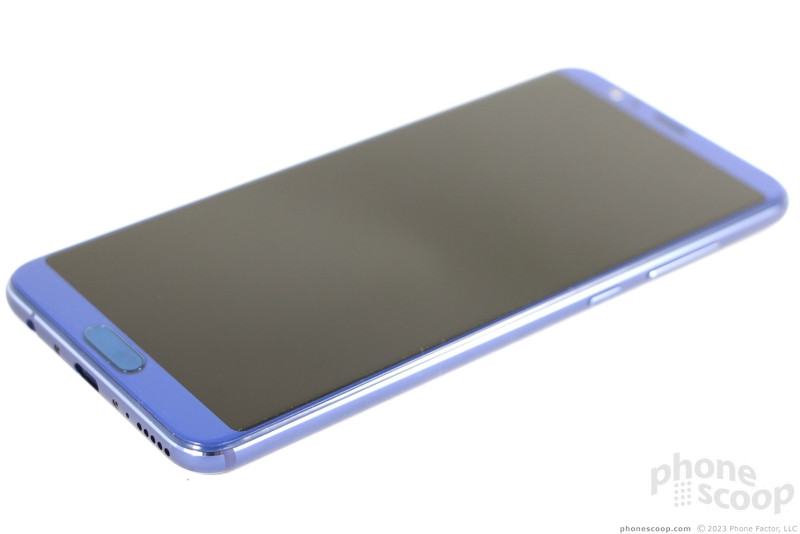


















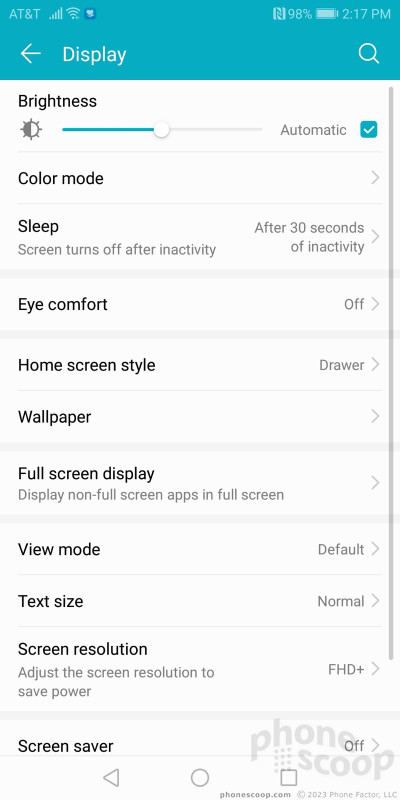


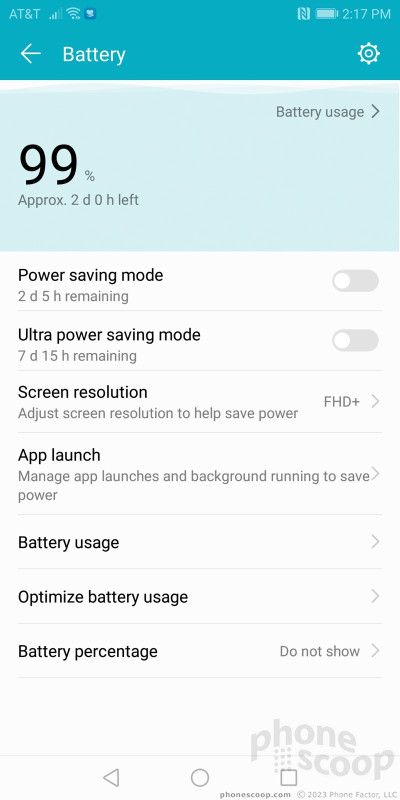










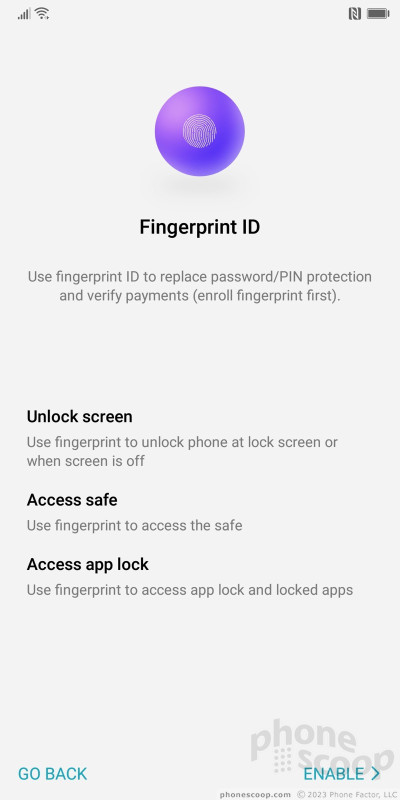










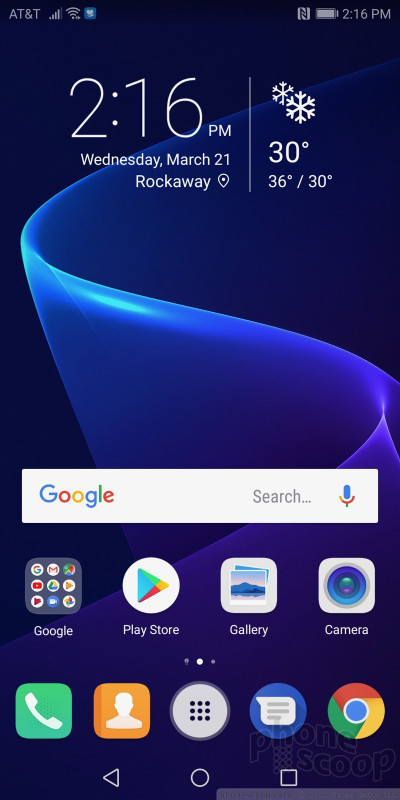










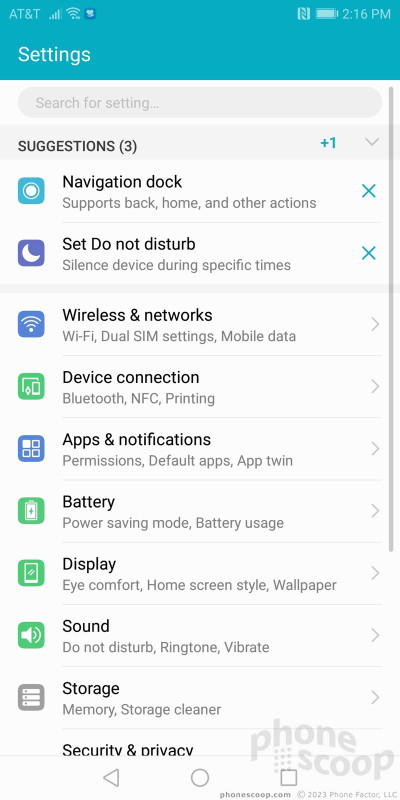





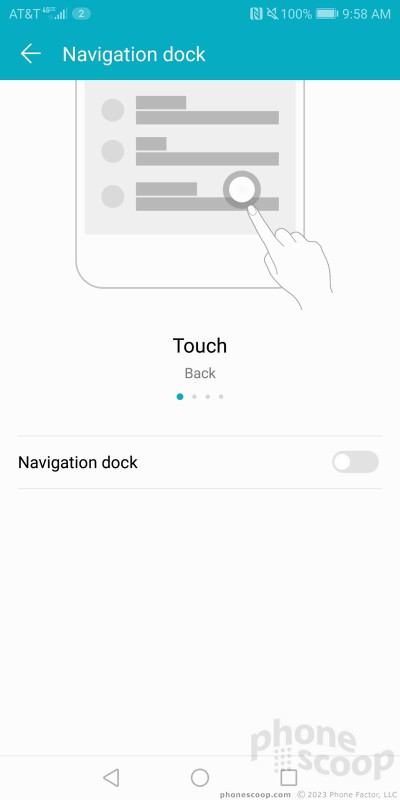





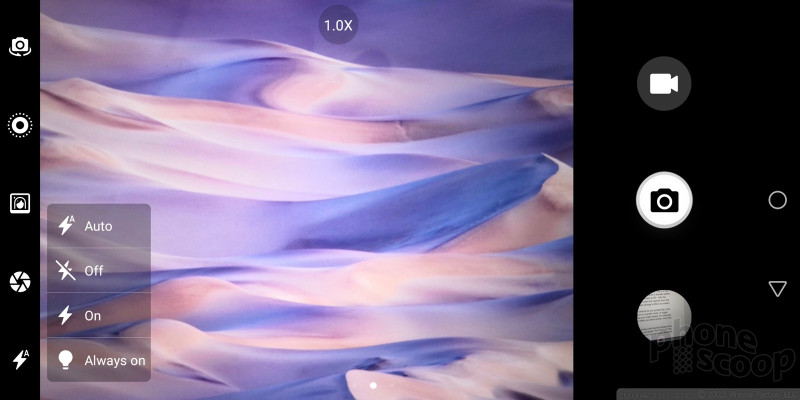









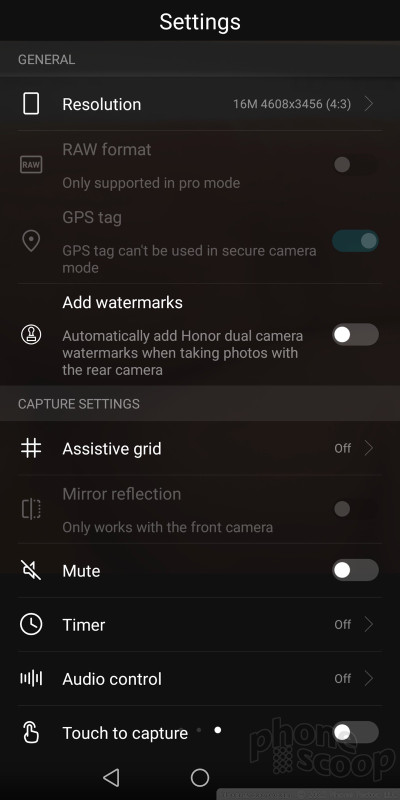











































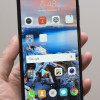 Hands On with the Honor 7X and V10
Hands On with the Honor 7X and V10
 Honor View10 Available for Preorder In the US for $499
Honor View10 Available for Preorder In the US for $499
 Honor Says View 10 Flagship Goes On Sale This Week
Honor Says View 10 Flagship Goes On Sale This Week
 Huawei Debuts Honor V10 Affordable Flagship
Huawei Debuts Honor V10 Affordable Flagship
 Huawei Honor View10
Huawei Honor View10









